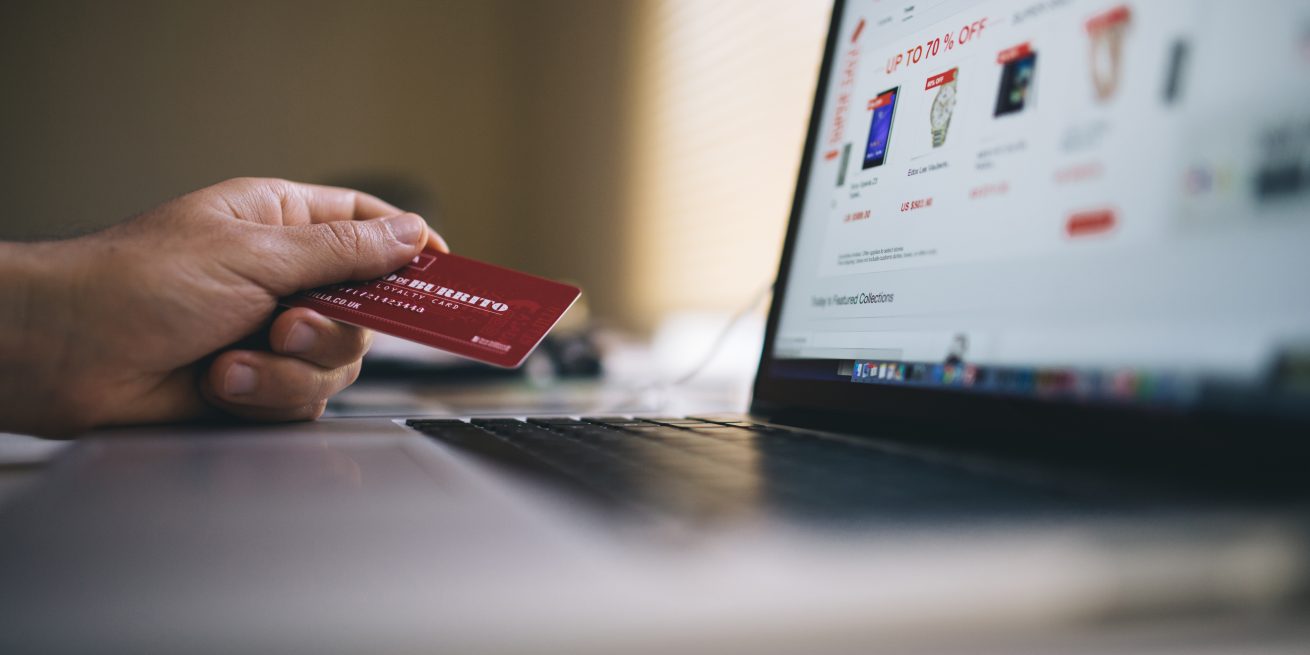Customer Lifetime Value (CLV) gives you valuable insights into the predicted net profit of a customer and allows you to decide how much you’re willing to spend in order to keep that customer relationship.
The lifetime value of a customer can be defined by the following equation:
(Average value of a sale) x (Number of repeat transactions) x (Average retention time in months or years for the average customer)
Now let’s say you’re running a Health Food business. The average amount of times a customer makes a purchase is once per month, it costs them $99 per month, they have been a loyal customer for 3 years. The lifetime value of a customer would be $3,564 ($99 average sale x 12 repeat transactions x three years average customer). Therefore a business owner has to spend less than $1,188 per year retaining that customer in order for them to be profitable (this may vary depending on profit margins).
So how can you use this CLV data?
When you understand CLV, business managers and marketers can use the information to make decisions that will help grow their business and generate more revenue, and who doesn’t want more revenue?
Focus Your Marketing Efforts For Higher Return
Knowing specifically which customer groups to focus your marketing efforts on can be tricky. Are you better off investing in your prospects, your current general client base, or those who are dormant in your business?
Answer: None of the above! You should be focusing on your high CLV group.
It’s well known in the business world that a minority of customers often account for the majority of revenue. Research finds that on average 56% of total revenue comes from 14% of shoppers. What makes this small group unique is that they all regularly shop with the business. This is in comparison to the 86% of occasional shoppers who only contribute to 44% of revenue.
Insights like this can help a business develop their marketing toward their high CLV group and ensure that these shoppers remain loyal and provide the highest possible value to your business.
Reduce Customer losses
Knowing the amount of customers who have left your business within a given timeframe and understanding why they left are key components of business growth. You can increase your retention rate by understanding your CLV and who specifically to target your efforts toward. CLV can also help you predict and analyse your rate, allowing you to create strategies to reduce potential customer loss.
Think about whether the customer is worth retaining. Be aware that a customer win-back often amounts to a higher CLV on a customer’s second cycle with the business. We all know that a customer who has left and then returned has a deeper understanding of the value you provide them.
Improve Your Customer Service
Keeping customers happy is of the utmost importance for any business. Without happy and satisfied customers, repeat business will be non-existent.
It’s most profitable to target high levels of service to customers who have the highest CLV. Keep them happy and they’ll likely spend more with your business.
Invite them to special events, install a loyalty system i.e. discounts, personal shopping, or other types of special service. This may seem an obvious step, but you need to ensure they receive value from shopping with you.
Furthermore, knowing the CLV score of each customer will allow your customer service/sales team to handle complaints better. For example, a customer with a low CLV calls in to complain about a recent experience with your business. Is it worth the time and energy to investigate the problem to the 9th degree? Probably not. Make sure the customer leaves happy but don’t waste resources chasing an already sinking ship.
Reduce the Effect of Competitors
Working towards a higher CLV can make a business less susceptible to attacks from competitors. People might try and copy your products but if customer/brand loyalty is present, other businesses will be put off trying to steal customers away from you and if they do try, you can rest easy that your loyal customer will probably become of even more value to you.
Not every customer is equal.
Some customers are worth more to a business than others. Measuring and understanding CLV will ensure that your company is able to recognise the customers who are valuable. This will start a shift in focus toward finding and retaining more of this type of customers and leaving those who are less profitable behind.
If you don’t have a clear understanding of your customers, how are you going to gear your business toward them and increase revenue? The success of a business hinges on CLV metrics and can give you a head start in your marketing, retention, customer service, and competitor analysis efforts.
Want to learn more about your customers, how to ensure they are a value to your business and how you can get more brand loyal customers? Give Natalie a call or email natalie@whatevermarketing.co.nz for a free consultation, she may even bring homemade cookies and coffee.
